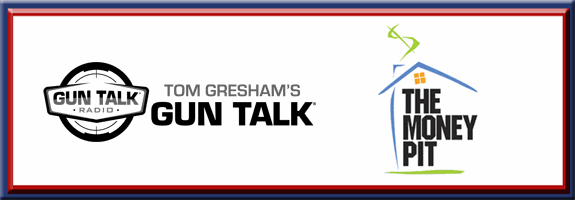By Holland Cooke
Consultant
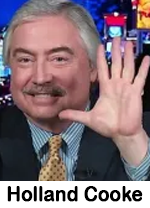 Local news sponsorship is an opportunity to “fish for whales,” institutional advertisers who can associate with something special. And, well-done, local news sure is special, because:
Local news sponsorship is an opportunity to “fish for whales,” institutional advertisers who can associate with something special. And, well-done, local news sure is special, because:
New-tech audio competitors don’t do it, and most AM/FM broadcast hours are now robotic.
Newspapers are in a tailspin swapping print dollars for digital dimes; and their – and TV stations’ – websites aren’t as portable as radio.
And it’s easier to add occasions of listening than to extend duration-per. Translation: There’s very little we do can keep someone in a parked car with the key on Accessories.
First things first: Plan NOW for The Big Story. In a recent column here I outlined the “break the glass” plan you should prep.
As for day-to-day local news:
Who are you talking to? Habitual radio users – especially news/talk – are older-than-younger. Think Baby Boomers (born 1946-1964), who control most retail spending. And report information that matters to people with children of any age living at home (super-spenders) and people driving (what’s happening right now, and what threatens to block their path). Think “car radio” for busy people and you won’t turn-off anyone sitting-stiller.
What: INFLATION, health and safety, “survival information” (weather = news). Jim Farley, my successor managing WTOP, Washington, hung a sign in the newsroom: “WGAS,” his litmus test for relevance, “Who Gives A Shit?”
Where: What’s happening within your signal pattern? And when everyone’s buzzing about a big story elsewhere, localize by asking pertinent sources “if it happened here?” and Man-on-the-Street interviews (local accents) reacting.
When: What JUST happened…what’s happening right NOW…what happens NEXT. When you’re wall-to-wall, do frequent resets, because people believe your promos, and are tuning-in to know. Other times, specific goal: Each newscast sounds different than the last.
Why it matters to your listener: News people I coach will chisel this onto my tombstone: Report consequence, not process. Don’t give me the minutes of the City Council meeting, tell me how what-was-discussed will impact me. Rewrite press releases, which aren’t easy on the ear (“The public is asked…”), tend to be process-laden, and are often self-congratulatory.
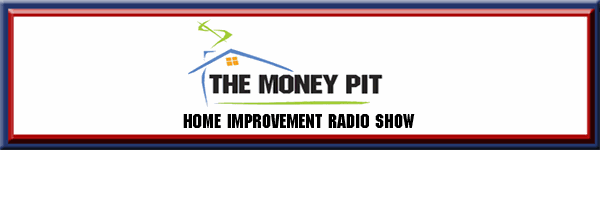
Longtime ABC News executive Av Westin, one of two industry icons we lost in 2022: “I believe the audience at dinner time wants to know the answers to three very important questions: Is the world safe? Is my hometown and my home safe? If my wife and children are safe, what has happened in the past 24 hours to make them better off or to amuse them?”
Tips:
— Emulate your network’s writing style.
— HIGHLY recommended reading: “Writing Broadcast News: Shorter, Sharper, Stronger” by Mervin Block.
— Rewrite to favor The Magic Words “you” and “your” and avoid third-person-plural (words like “residents”). Instead of “Business owners interested in applying for these loans should contact…” say “If you’re a business owner…”
— Arrange with a local TV station (“our news partner NBC28”) to use their sound, in exchange for attribution (which will enhance their standing and serve to promote their newscasts).
I am encouraged by how much 2022 work sought me out, asking that I review stations’ local news copy, and work with the local newscasters whose work can habituate listeners and make money.
Make your work count twice.
— When you’re covering a meeting or event, ask people there something else too. “How are YOU feeling inflation?”
— Say WHERE you gathered comments. “We spoke to shoppers leaving Star Market in West Springfield.”
— Al Primo, inventor of “Eyewitness News,” who also passed away last year: “People can tell their stories better than we can write them.”
Holland Cooke (HollandCooke.com) is a consultant working at the intersection of broadcasting and the Internet. He is the author of the E-book and FREE on-air radio features “Inflation Hacks: Save Those Benjamins;” and “Spot-On: Commercial Copy Points That Earned The Benjamins,” a FREE download; and “Multiply Your Podcast Subscribers, Without Buying Clicks,” available from Talkers books. Follow HC on Twitter @HollandCooke
Share this with your network
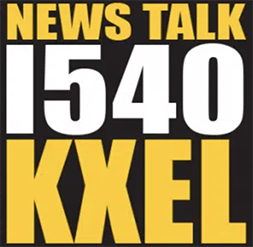 was the 26th year for the iconic Iowa summertime event that brings some 325 vintage tractors together at the Midwest Old Threshers Reunion fairgrounds in Mount Pleasant, Iowa. NRG Media says that while some entities might have been deterred from taking over such a popular and well-established event, company COO/CFO Jim Smith embraced the opportunity. He says, “We’re learning as we go, but we’re learning from people who have done this for a long time – very seasoned – so… it hasn’t been that heavy of a lift because we’re surrounded by good people.”
was the 26th year for the iconic Iowa summertime event that brings some 325 vintage tractors together at the Midwest Old Threshers Reunion fairgrounds in Mount Pleasant, Iowa. NRG Media says that while some entities might have been deterred from taking over such a popular and well-established event, company COO/CFO Jim Smith embraced the opportunity. He says, “We’re learning as we go, but we’re learning from people who have done this for a long time – very seasoned – so… it hasn’t been that heavy of a lift because we’re surrounded by good people.”


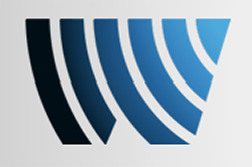 were 33% more likely to say the brand “partners with all my favorite stores,” 81% more likely to indicate the e-commerce retailer “is a brand I trust,” 140% more likely to associate the brand for offering “the best sales and coupons”; 2) among those exposed versus those not exposed, brand equity measures surged, showing 54% growth in familiarity, 31% lift in average brand images, 37% greater consideration, 102% increase in purchase intent, and 55% growth in customer forecast; and 3) concluded that best practices to power direct-to-consumer marketing effectiveness calls for allocating 74% of marketing budgets to creating future demand (brand building) and 26% to converting existing demand (sales activation), targeting broadly to expand the customer base, employing emotional advertising to build direct-to-consumer brands and drive sales and profit, being known before you are needed, and buying lots of ads in all days and dayparts.
were 33% more likely to say the brand “partners with all my favorite stores,” 81% more likely to indicate the e-commerce retailer “is a brand I trust,” 140% more likely to associate the brand for offering “the best sales and coupons”; 2) among those exposed versus those not exposed, brand equity measures surged, showing 54% growth in familiarity, 31% lift in average brand images, 37% greater consideration, 102% increase in purchase intent, and 55% growth in customer forecast; and 3) concluded that best practices to power direct-to-consumer marketing effectiveness calls for allocating 74% of marketing budgets to creating future demand (brand building) and 26% to converting existing demand (sales activation), targeting broadly to expand the customer base, employing emotional advertising to build direct-to-consumer brands and drive sales and profit, being known before you are needed, and buying lots of ads in all days and dayparts.  Local news sponsorship is an opportunity to “fish for whales,” institutional advertisers who can associate with something special. And, well-done, local news sure is special, because:
Local news sponsorship is an opportunity to “fish for whales,” institutional advertisers who can associate with something special. And, well-done, local news sure is special, because:
